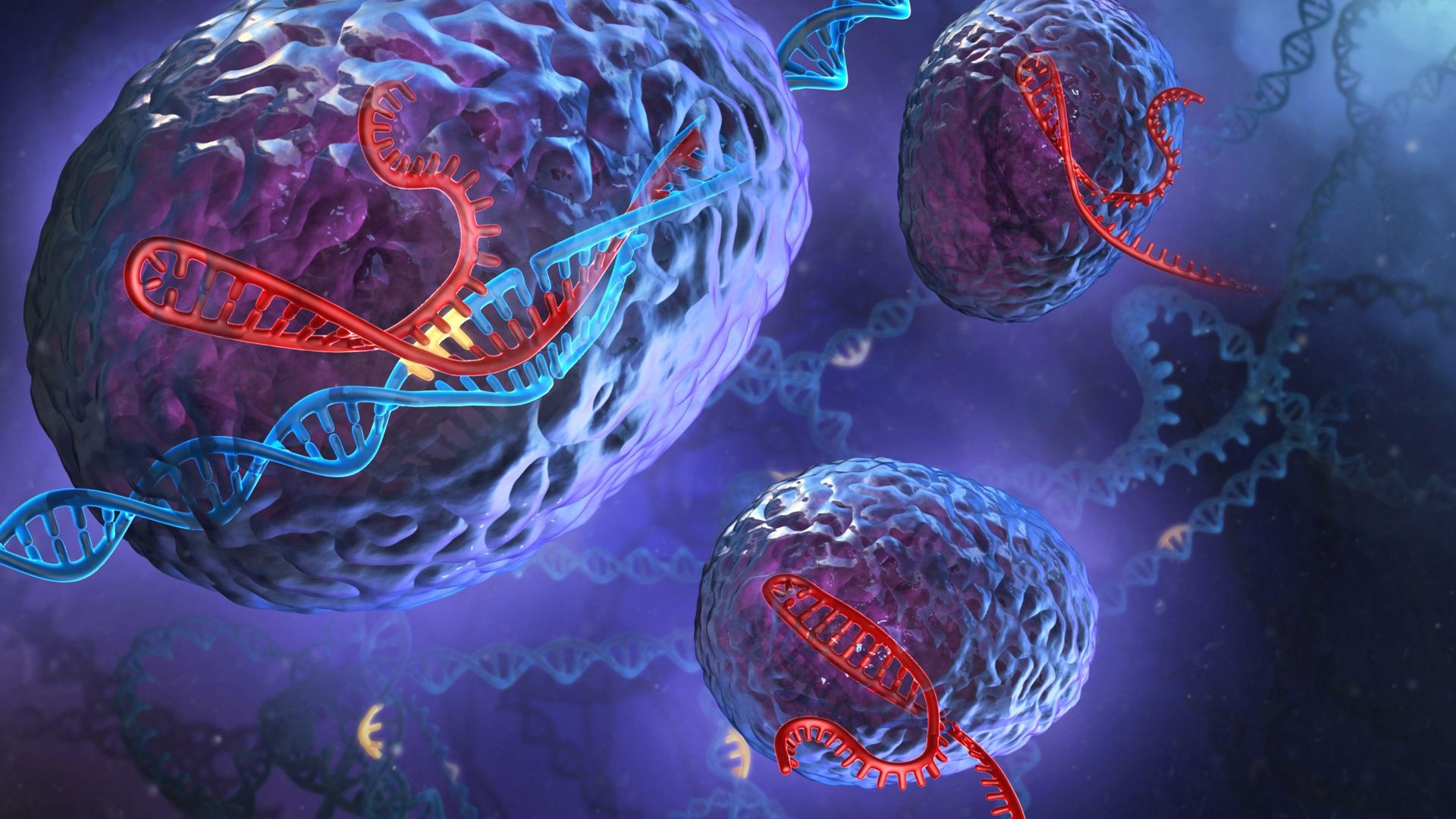COURSE OBJECTIVES:
This course is designed to have an understanding of the physico-chemical properties of organic and inorganic compounds in atomic and molecular level.
COURSE OUTCOMES:
On completion of the course students will be able to
CO1: Understand the different types of chemical bonding in molecules.
CO2: Analyse the reactivity of the compounds of p-block elements based on their structure
CO3: Correlate preferential product formation based on structural organic theory
CO4: Know the synthetic methodology for preparation of hydrocarbons
CO5: Understand the chemical reactivity of hydrocarbons based on their structural properties
CO6: Visualize the 3D structure of organic molecules
CO7: Understand the physical properties of liquids and gases
CO8: Understand solid state chemistry
CO9: Understand the atomic structure and quantum mechanics
CO10: Quanlitatively analyse anions and cations in a mixture based on general principles of group separation

- Teacher: Dr. SATABDI ROY
Objective of Course
The main objective is to make students attain knowledge on types, structures and functions of fundamental biomolecules and their crucial role in biological system.
Learning Outcomes:
On completion of the course the student will be able to do the following:
CO1. Learn the elements present in biomolecules and the different monomers and polymers.
CO2. Explain the role of water in synthesis and breakdown of polymers.
CO3. List the four major complex biomolecules found in living cells, three of which are found on food labels and the basis for grouping of biomolecules into those four groups.
CO4. For each group of biomolecules learn the name of its generic monomer (simple unit) and complex structure and their function.
CO5. Identify their chemical elements and the difference between simple sugars and complex carbohydrates.
CO6. Summarize the function of proteins and recognize the importance of the three dimensional shape of a protein on its function and the role of non-covalent bonds in maintaining the shape of a protein.
CO7. Compare and contrast saturated, mono-unsaturated, and poly-unsaturated fatty acids.
CO8. Explain the importance of poly-unsaturated fatty acids and why omega-3 and omega-6 fatty acids are considered essential. List sources of polyunsaturated fatty acids.

- Teacher: Dr. PRATHYUSHA YAMARTHI
This Course includes an interdisciplinary core topic
which encourages students to explore the social, aesthetic, ethical, scientific,
and technical aspects of environmental questions; concentrations that allow
students to approach these questions with more focused knowledge and
methodological tools; a community-engaged research course

- Teacher: Dr. SRINATH NAGANATHAN
Objective of Course:
This course covers basic cell biology and serves as an introduction to the branch of Biology known as Genetics. Emphasis is on biological chemistry, cell structure and function, cellular metabolism, genetics, and other related topics.
Learning Outcomes:
On completion of the course the student will be able to:
CO1- Describe the structure and function of the cell and its constituting organelles.
CO2 - Apply their knowledge of cell biology to selected examples of changes or losses in cell function.
CO3 - Recognize the function and products of mitosis and meiosis.
CO4 -Interpret and explain key experiments in the history of cell biology
CO5 - Elucidate how a Punnett square can be used to predict the results of a genetic cross.
CO6 - Calculate the map distance between linked genes using data from genetic crosses, such as gel electrophoresis banding patterns.
CO7 - Explain the key concepts in population, evolutionary and quantitative genetics including: the basis of genetic variation; heritability; Hardy-Weinberg Equilibrium; roles of migration, mutation.
CO8 - Learn the concepts of Linkage, concept of sex determination and sex linked inheritance.

- Teacher: VARALAKSHMI V
'The English Turf' is a General English course designed for first year students that enables them to acquire good English language skills for success in their professional and personal lives, The course has been designed keeping in view the real life and contextual aspects of language, giving emphasis to acquiring both proficiency and fluency of English language. The texts have been carefully selected keeping in view the literary, language and moral dimensions, for teachers and students to explore all the teaching and learning possibilities. Such an approach would enable students to gain thinking, observatory, and critically analyzing skills, while also connecting the texts with contemporary situations. Components like:
i. Vocabulary
ii. Grammar
iii Speaking Skills
iv. Soft Skills
are incorporated in each of the units. The various practice exercises and task-based activities give the students and teachers build an interactive and student-centric teaching and learning atmosphere .

- Teacher: Dr. MAITHRY SHINDE